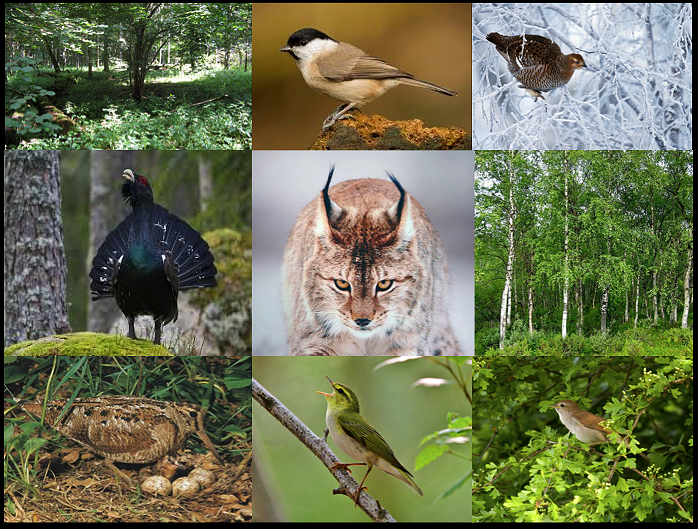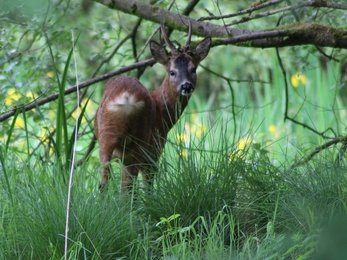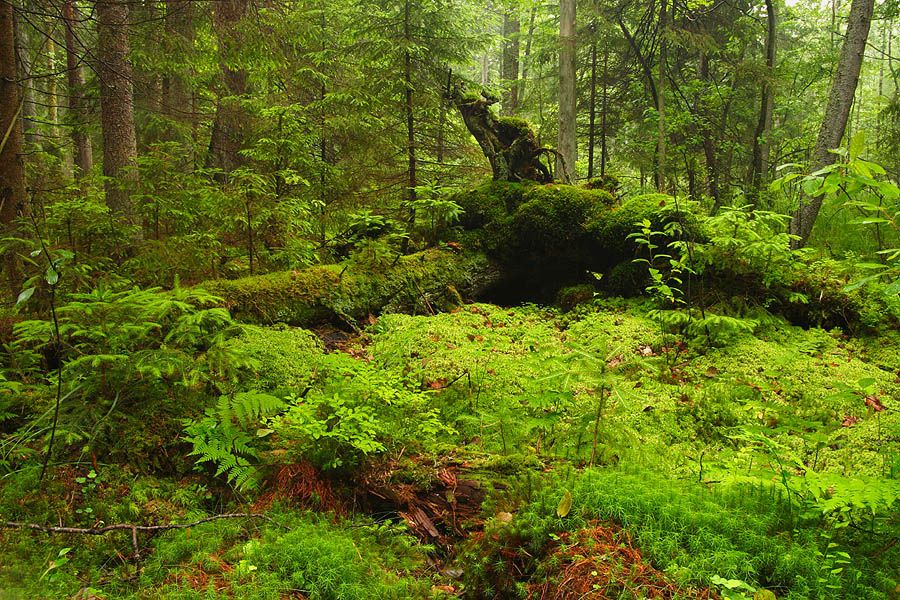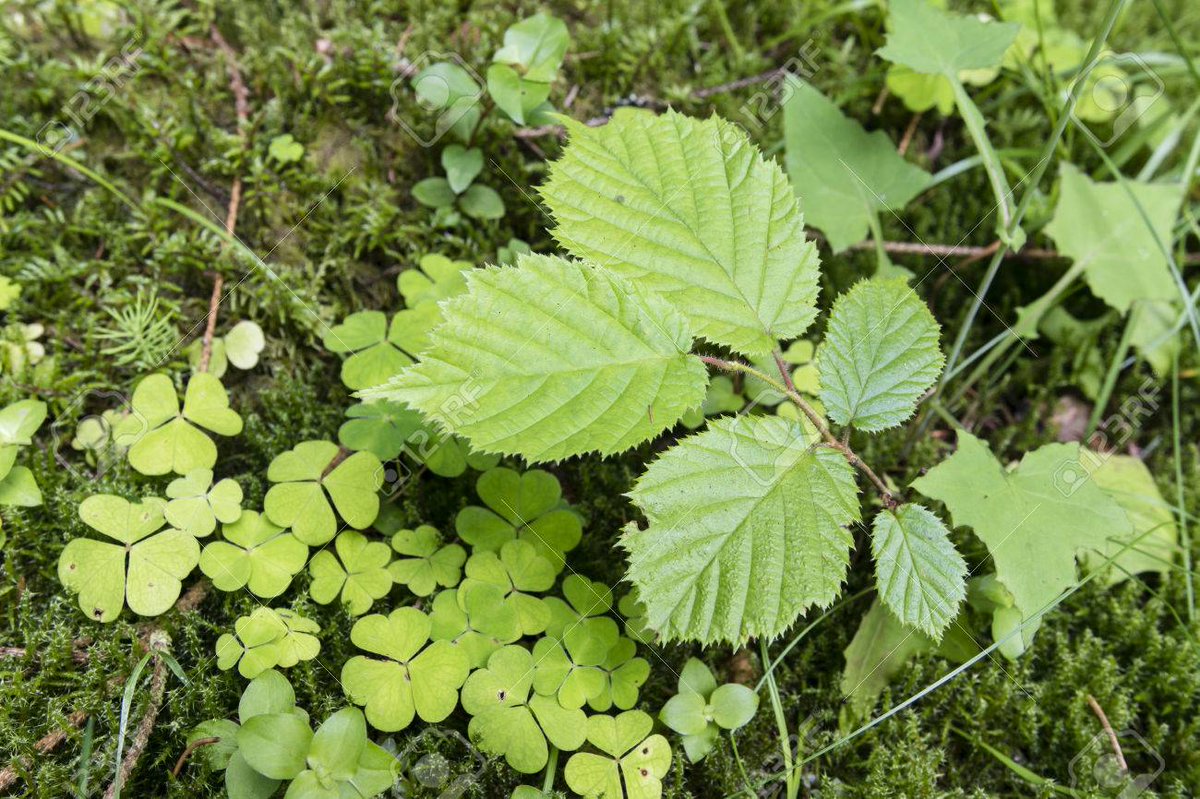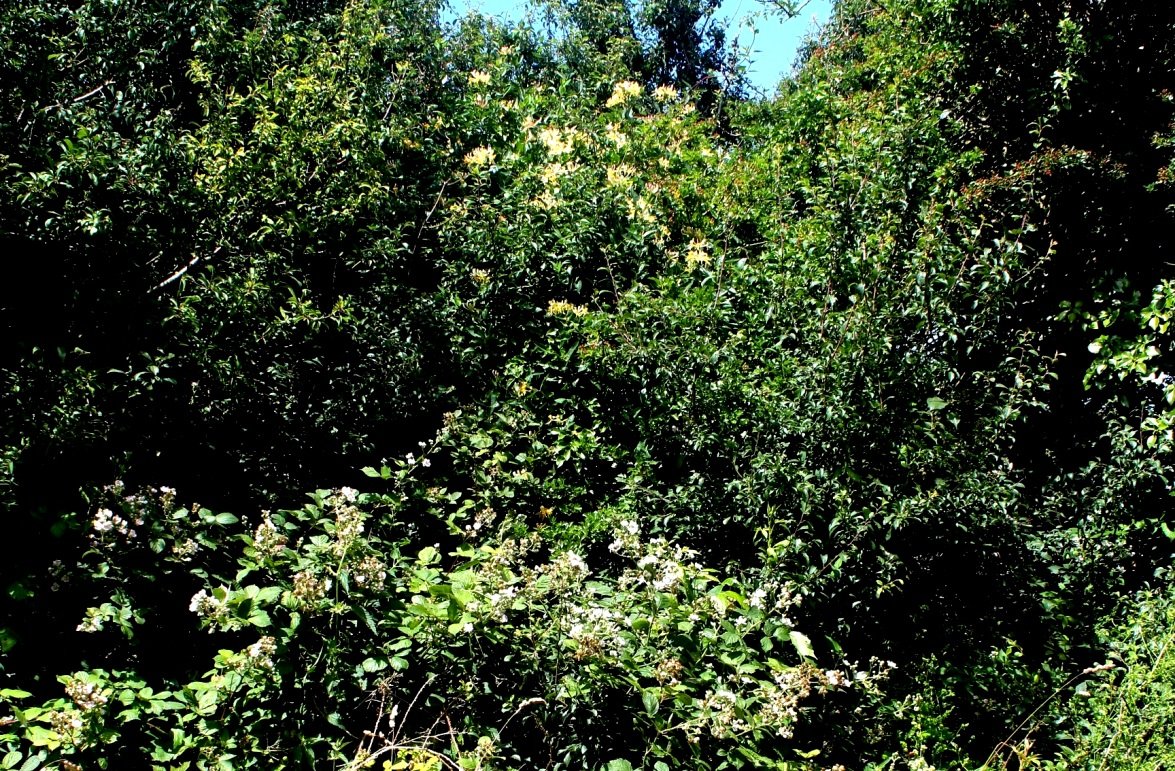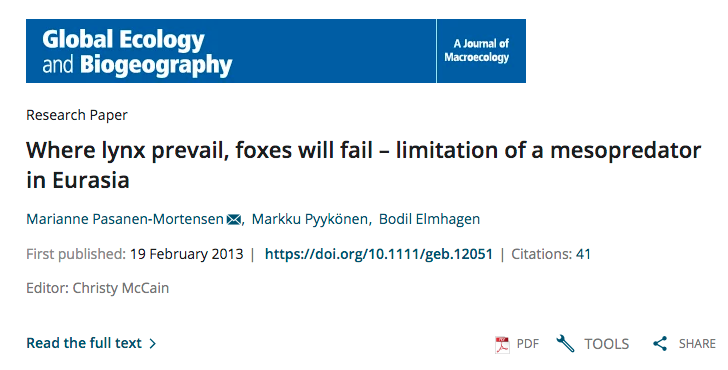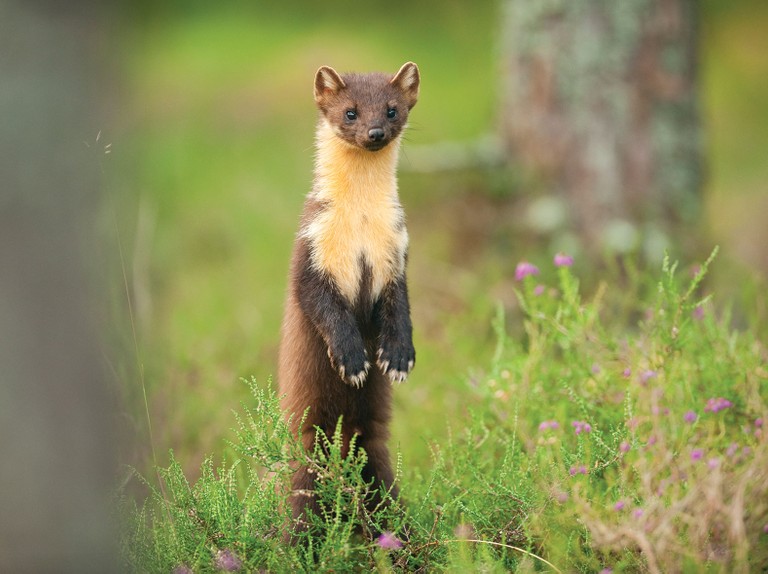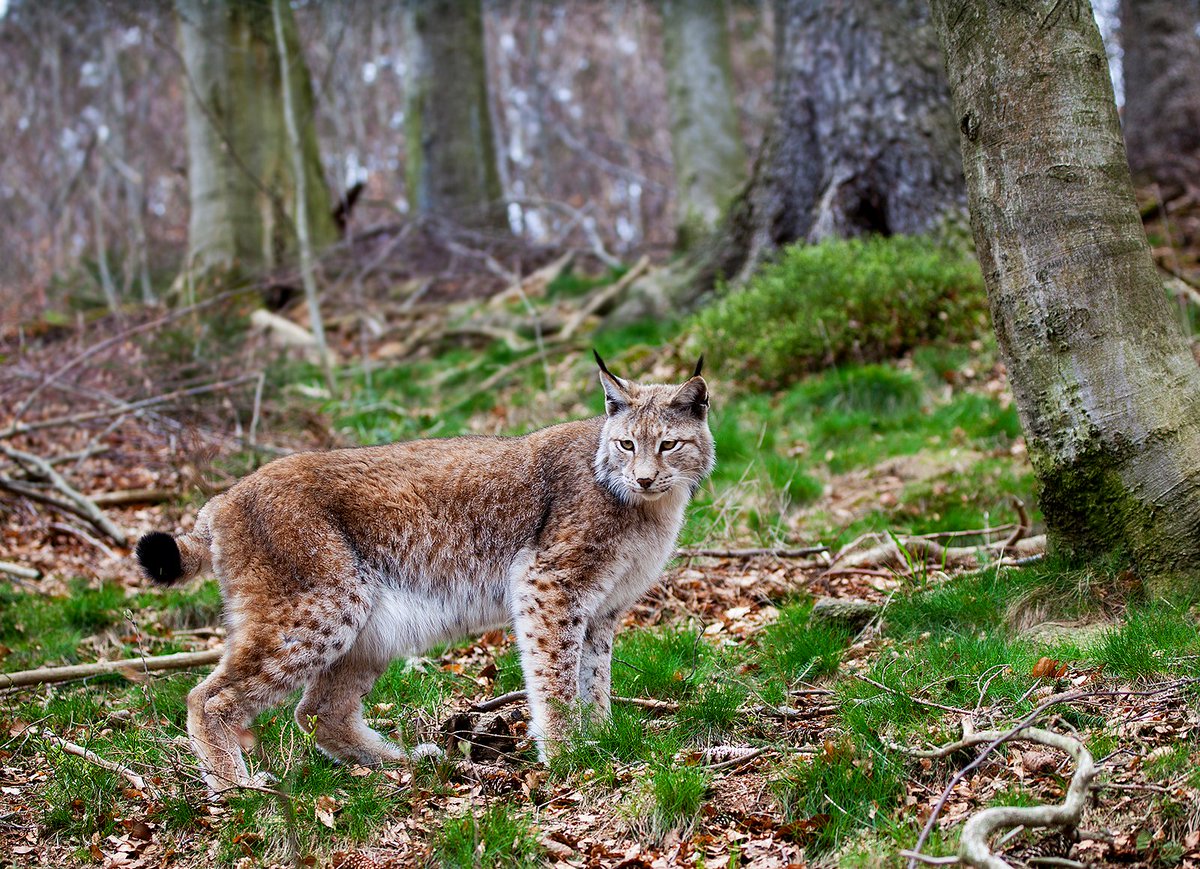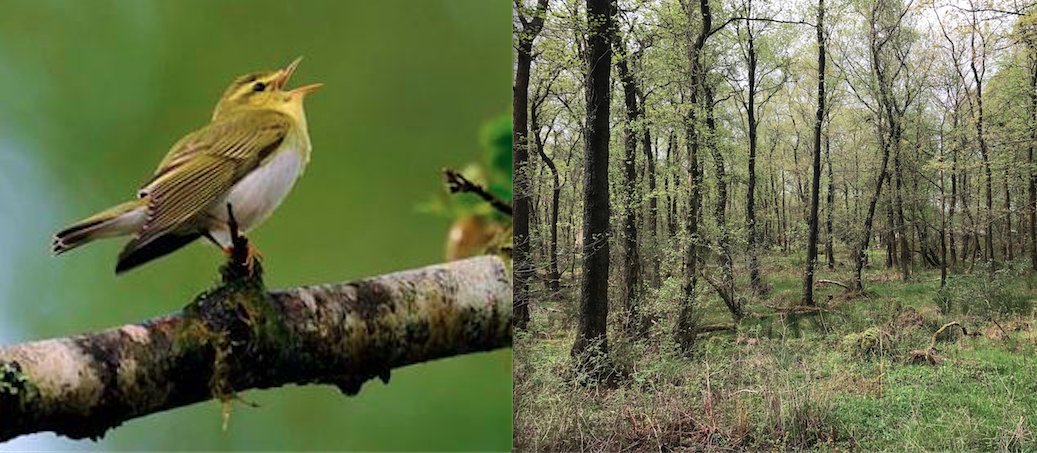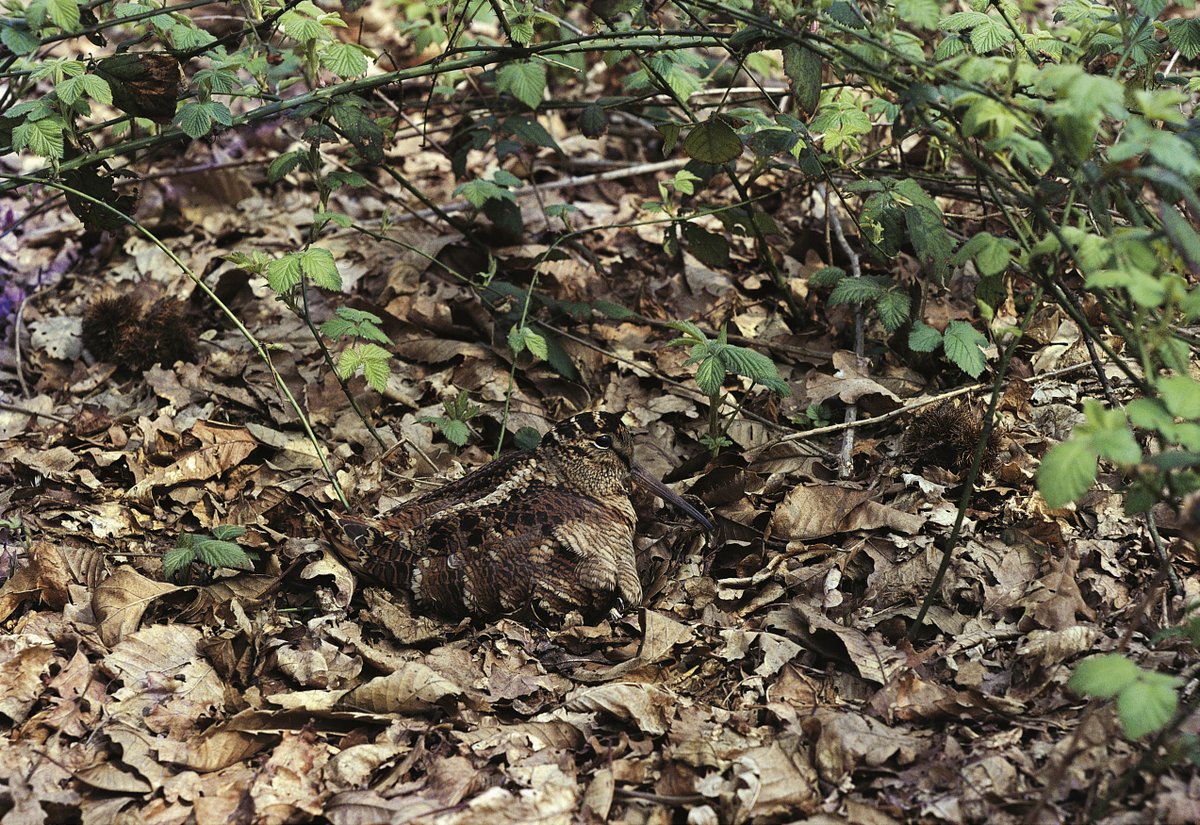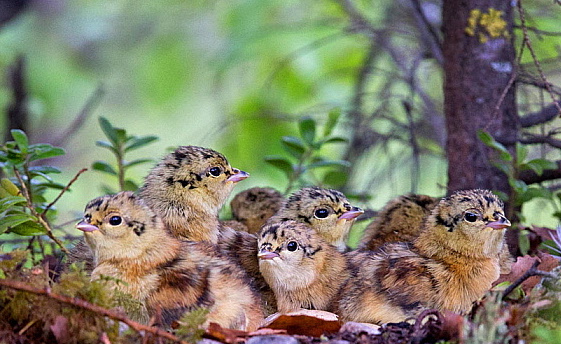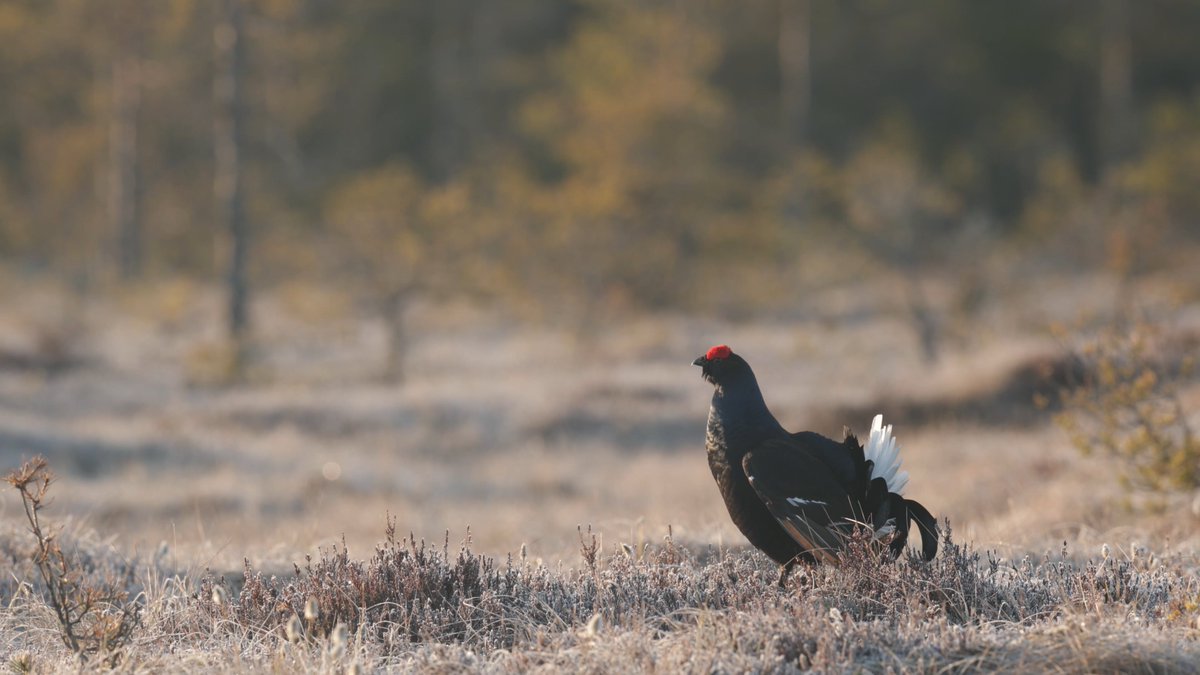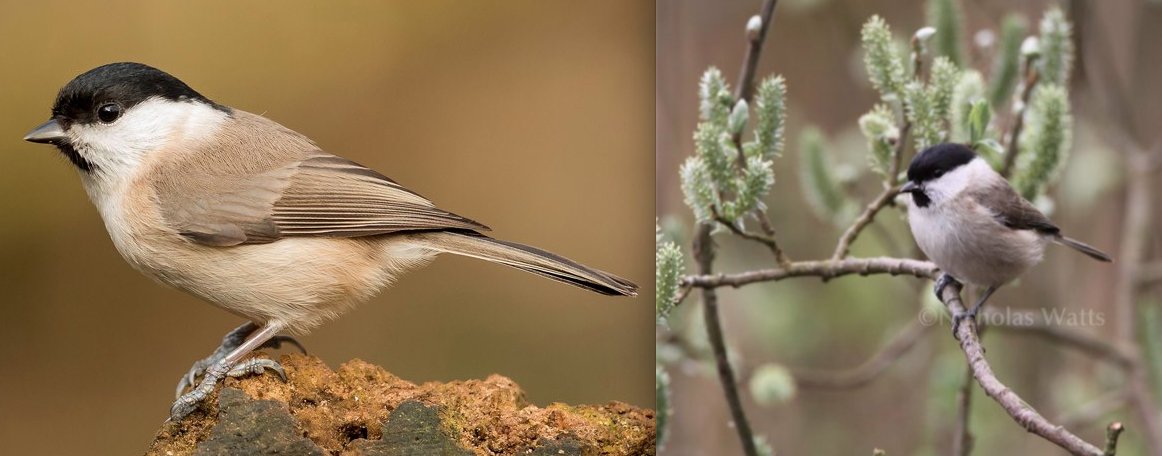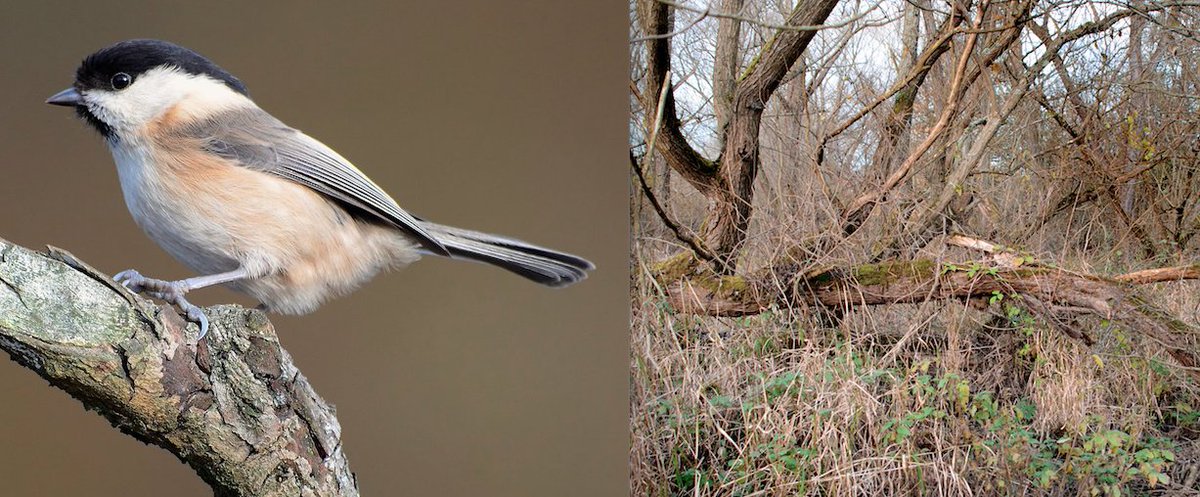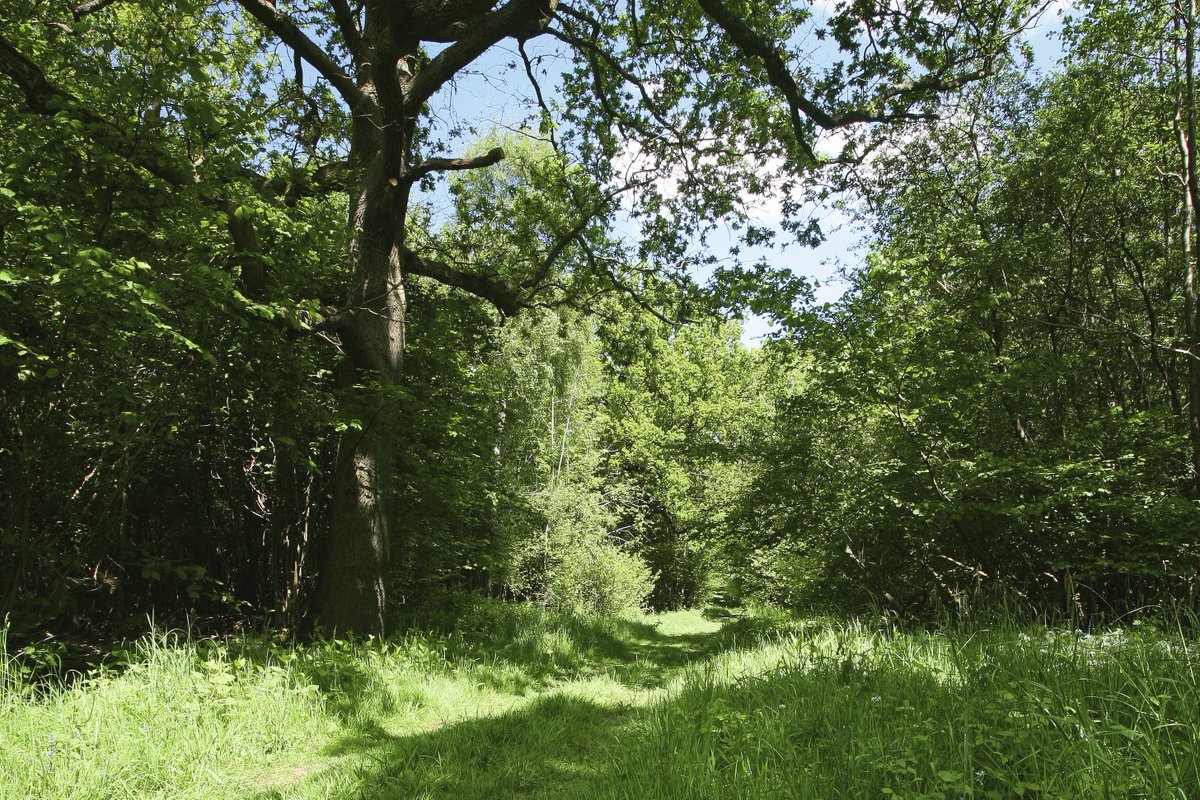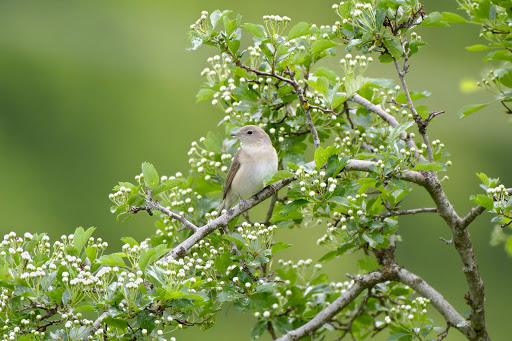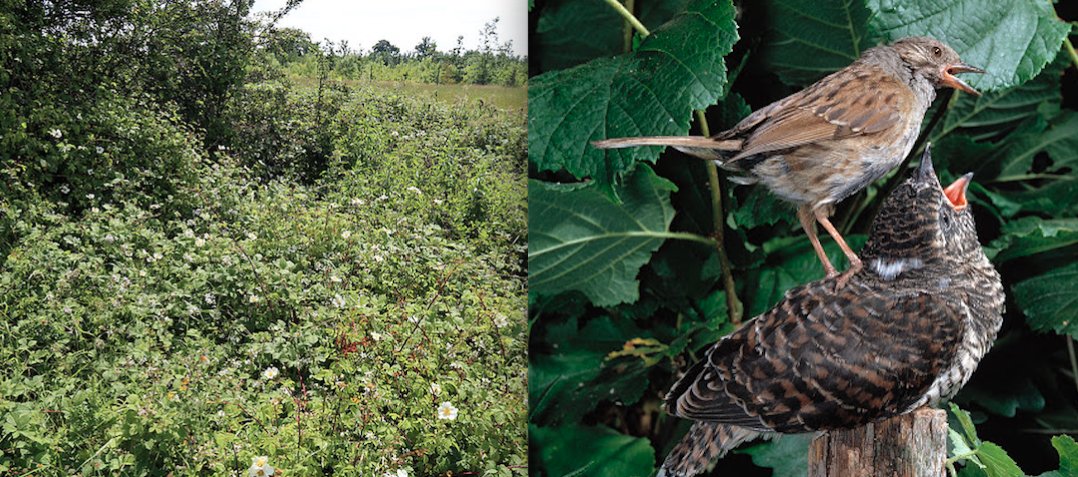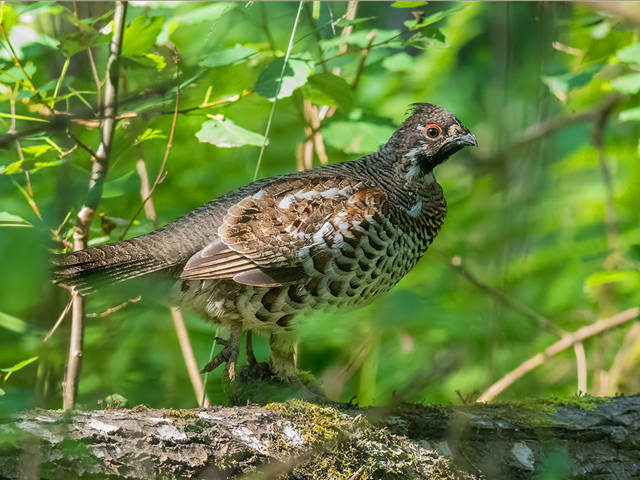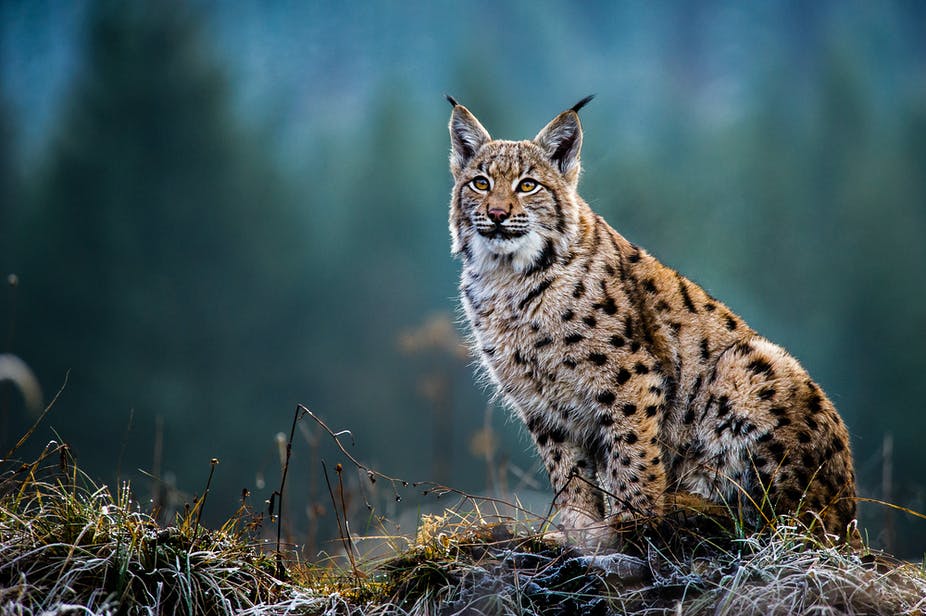1. Given that house cats are rather good at killing birds, then what good, if any, could the return of a larger, wilder cat – the lynx - achieve for Britain’s beleaguered & fast-vanishing birdlife? From the humble marsh tit to giant capercaillie, let’s examine the LYNX EFFECT.
2. The primary impact of a specialist, apex predator, such as the lynx, lies not in the amount of deer that it kills – although this is significant. It lies, even more, in how the behaviour of prey, across entire landscapes, is altered and affected by the presence of this cat.
3. By keeping deer perpetually in fear, wary, and on the move, lynx have the potential to effect significant changes in woodland vegetation. The first of these, perhaps obviously, is that beleaguered saplings and new shoots have a greater chance to survive.
4. Over time, as can be seen in Poland’s Bialowieza Forest, a comparable temperate woodland biome to our own, competition between deer and tree growth becomes more even. Deer are not eliminated – but young saplings & scrub species now aspire, in greater numbers, towards light.
5. At the same time, woodland edges, also, become dangerous places to browse for too long. Light-loving scrubland trees – hawthorn, blackthorn, apple, hazel and more – begin to bounce back. Crucial reserves of bramble, feeding woodland nectar-loving species, proliferate.
6. Better still, lynx actively remove large numbers of foxes – and drive others out, as has been documented in Belarus’ Naliboki Forest. The fox, a meso-predator of nests - & birds such as capercaillie chicks - is now firmly on the back paw. This wonderfully-named paper has more:
7. With lynx well-established for 15-20 years, a dense maze of low tree species, such as hazel, becomes once more a prominent feature of some areas of woodland. This branch labyrinth now allows new colonists to thrive; those birds that crave shade over light.
8. Other predators, such as the pine marten, are both predated and displaced, to some degree, by lynx. Now, these masterful egg-thieves don’t have things all their own way. Ground-nesting birds’ eggs, however, are largely unknown in the diet of lynx.
9. If this is, necessarily, a short summary of a long list of lynx benefits & roles, then what species might the lynx best help our conservationists protect? We are failing the UK’s woodland birds, in most places, most of the time. Here’s where lynx might help us, help them.
10. WOOD WARBLERS, nesting in fairly open woodland, prefer to drop from saplings or low branches into nests concealed on a leafy forest floor; often, in light bramble. Deer can maintain more open woodland floors, but too many, and that bramble layer can vanish; exposing nests.
11. WOODCOCK are strange & beautifully-camouflaged woodland waders. They nest in drier, leaf-littered woods with bramble, but probe for worms in wetter areas. They also benefit greatly from reduced levels of ground predation. Can you spot the nesting female below?
12. CAPERCAILLIE can, on occasion, be predated by lynx – but the benefits most likely outweigh the risks. By removing or displacing many foxes & pine martens, lynx are likely to reduce the pressure of egg & chick predators on this most outrageous of our current avian megafauna.
13. BLACK GROUSE are as iconic as they’re complex: a ground-nesting species, favouring rushy moors, pastures or clearings, but often feasting, come autumn, in young, protein-rich birch shrubs at the woodland edge. The Lynx effects the profusion and regrowth of such habitats.
14. MARSH TITS are the avian dormice of our woodlands; flitting through a maze of connected branches in the lower storeys. New saplings & a healthy woodland shrub layer are key to their survival, and a dense network of hazel shrubland is amongst their most favoured habitats.
15. WILLOW TITS, now critically endangered, are the denizens of a rotting dank now rarely found in many woodlands. Buzzing through a dense maze of fetid branches, they require continual new growth as well which, as it grows then decays, becomes of use for nesting & feeding.
16. NIGHTINGALES deafen the dense shrublands of the eastern European forest edge as they once did here. In places like Bialowieza, dense thorn shade grows not only outwith but within woods: over-browsing, however, destroys this shady shell (below, a deer-fenced area in Suffolk).
17. GARDEN WARBLERS, which inhabit a billowing world of dense bushes and nesting thorn bushes, can still be found commonly around our wastelands and railway lines – but were once far commoner in our woodlands, too. Deer fear would, over time, help their melodious world reform.
18. DUNNOCKS (it’s not just about the rarer ones) have declined by 40% in recent years, and particularly in woodland & woodland-edge habitats. A glade-feeder that nests in dense, low scrub, dunnock nests can host woodland-edge cuckoos, but they favour a tangled woodland edge.
19. HAZEL-GROUSE, a striking forest species, was resident in Britain a very long time ago; only a few fossils survive. We don’t know why they went, or exactly when: we do know they thrive beside lynx in Bialowieza, in a maze of under-storey trees. One day, we may want them back.

 Read on Twitter
Read on Twitter